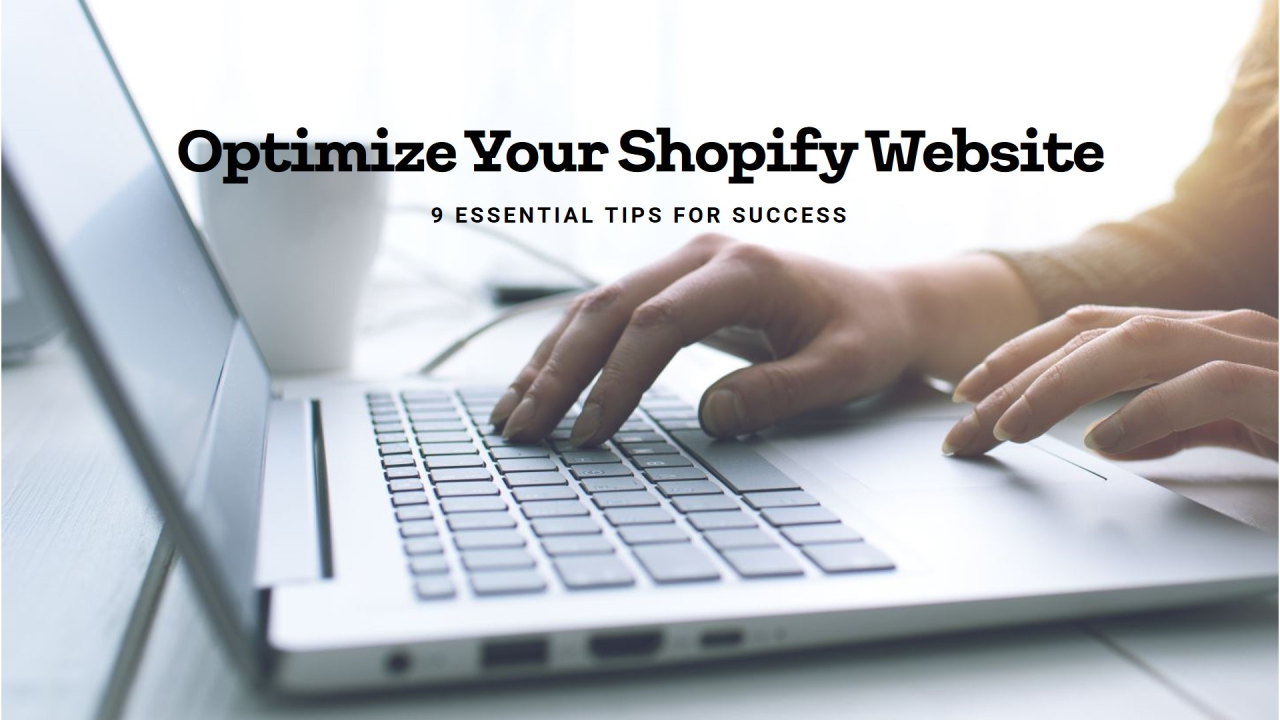In the bustling world of e-commerce, having a well-optimized website is crucial for success. Shopify has emerged as a popular platform for online stores, offering a range of features to streamline the process. However, optimizing your Shopify website requires careful attention to various factors to ensure maximum visibility, traffic, and conversions. This article will delve into essential tips for optimizing your Shopify website through a comparative analysis, exploring different strategies and techniques to enhance its performance.
Choose the Right Theme: The appropriate theme is the foundation of a well-optimized Shopify website. Compare different themes based on factors like loading speed, mobile responsiveness, customization options, and overall design aesthetics. Look for themes optimized for SEO to ensure better search engine rankings.
Streamline Navigation: Efficient navigation is vital for enhancing user experience and reducing bounce rates. Compare navigation structures of different Shopify websites within your niche. Simplify menus, use clear categories, and ensure easy access to essential pages like product listings, FAQs, and contact information.
Optimize Loading Speed: Slow loading times can deter potential customers and negatively impact SEO rankings. Utilize tools like Google PageSpeed Insights or GTmetrix to compare the loading speeds of your website against competitors. Optimize images, minimize HTTP requests, and leverage browser caching to improve loading times.
Mobile Responsiveness: With the increasing use of mobile devices for online shopping, ensuring mobile responsiveness is paramount. Compare the mobile-friendliness of your Shopify website with competitors using tools like Google’s Mobile-Friendly Test. Opt for responsive themes and regularly test your website across various devices and screen sizes.
SEO Optimization: Effective SEO practices are essential for driving organic traffic to your Shopify website. Conduct a comparative analysis of keywords, meta tags, and content strategies used by competitors. Optimize product descriptions, URLs, and alt tags while focusing on relevant keywords with lower competition.
High-Quality Content: Content is king when it comes to engaging customers and improving SEO. Compare content strategies employed by competitors, including blog posts, product descriptions, and landing pages. Create high-quality, informative content that resonates with your target audience while addressing their pain points and needs.
Implement Structured Data: Structured data helps search engines understand the content of your Shopify website better, leading to enhanced visibility in search results. Compare schema markup implementation across competitor websites using tools like Google’s Structured Data Testing Tool. Include structured data for products, reviews, and business information.
Optimize for Conversions: Ultimately, the goal of optimization is to increase conversions and sales. Compare conversion optimization techniques used by competitors, such as call-to-action placements, checkout processes, and trust signals. Implement A/B testing to compare different strategies and optimize based on results.
Utilize Shopify Apps: Shopify offers a plethora of apps to extend functionality and enhance optimization. Compare app usage among competitors to identify useful tools for your website. Consider apps for SEO optimization, email marketing, social media integration, and customer reviews to stay competitive.
Analyze and Iterate: Continuous analysis and iteration are essential for ongoing optimization. Compare website analytics, including traffic sources, bounce rates, and conversion rates, with competitors. Use insights to identify areas for improvement and test different strategies iteratively.
Optimizing your Shopify website is a multifaceted endeavour that requires continuous effort and refinement. By conducting a comparative analysis and implementing the essential tips outlined in this article, you can enhance the performance of your website, drive more traffic, and increase conversions. Stay vigilant, adapt to changing trends, and prioritize the needs of your target audience to maintain a competitive edge in the dynamic world of e-commerce.

